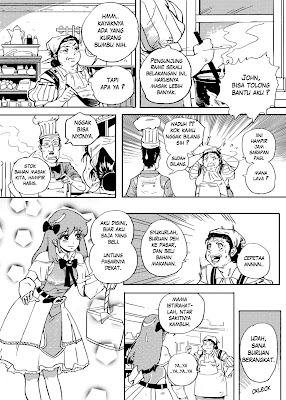Technology has become a significant bridge in keeping up with our lessons at a time like this. However, the use of technology should not overshadow the objective of a lesson. As a teacher, the one thing that I constantly remind myself is that the purpose of using tech tools should aid students' in their learning. Therefore, when I plan my lessons I would ensure that the use of tech tools should have a purpose and lead towards effective learning. As such, in this article, I am sharing one of my lessons where I have used tech - tools such as Padlet, Quizizz, Edpuzzle and Google Classroom effectively to keep my students engaged throughout my lesson.
This lesson is based on the Full Blast textbook page 105 - 106.
Pre - Reading Activity
As a pre-reading activity, students were assigned to a listening task on Edpuzzle. The task was taken from the Full Blast textbook page 106. I uploaded the audio on to Youtube, then linked it to Edpuzzle and created a quiz. To learn more about Edpuzzle please read my previous post. Please click here to get the link to copy the video task to your own account.
Pre - Reading Task
In the next task, students were asked to answer the following questions on Padlet. The link was shared with them via Google Classroom.
a) What do you do to protect the environment?
b) What more could you do?
Examples of students' ideas are shown in the picture below.
 |
| Students shared their responses in Padlet |
After they had completed the task, I randomly picked some of the answers and responded to the ideas on Google meet. After the discussion, students were directed to the next task, which was a pre-reading quiz. The purpose of the quiz was to familiarise students with words/phrases that they will come across in the text. The quiz consists of 10 questions and was developed on quizizz. If you re interested to use the quiz you may get it here.
 |
| Pre - Reading Vocabulary Quiz on Quizizz |
Reading Task
Next, students were asked to complete the reading task assigned on Google Classroom as shown in the picture below. You can get the link to the reading task here.
 |
| The Reading Task |
Students' answers were then instantly checked and shared so that they understand the text better. I also shared some of my own ideas to get my students connected to the text.
Reflecting on the Lesson
The last task for the lesson was sharing their reflections. Students were required to share three things that they had learnt in the lesson. The reflections were typed on a Jam in Jamboard as shown in the picture below :
 |
| Students' Reflections on the Lesson |
I used quite a number of tools for my lesson as I found that google meet is becoming less and less effective and students are getting bored. Lessons on Google meet are becoming equivalent to 'chalk and talk' method and we teachers do not know what is happening behind their screens as many of them may not be doing what we expect them to do. So, I decided to use a plethora of online tools to keep my students engaged throughout the lesson and of course to ensure the effectiveness of the lesson you should have trained your students to use this tools beforehand so that they would be more adept when using all of them at once.
Besides, those who do not turn up for the lesson, will be able to do the task whenever it is possible for them, all they would miss is the little teacher talk in the class.
That's all and Happy Teaching!!
















































